Editorial
Once is not enough
The government still has little idea as to how many people are missing their second doses.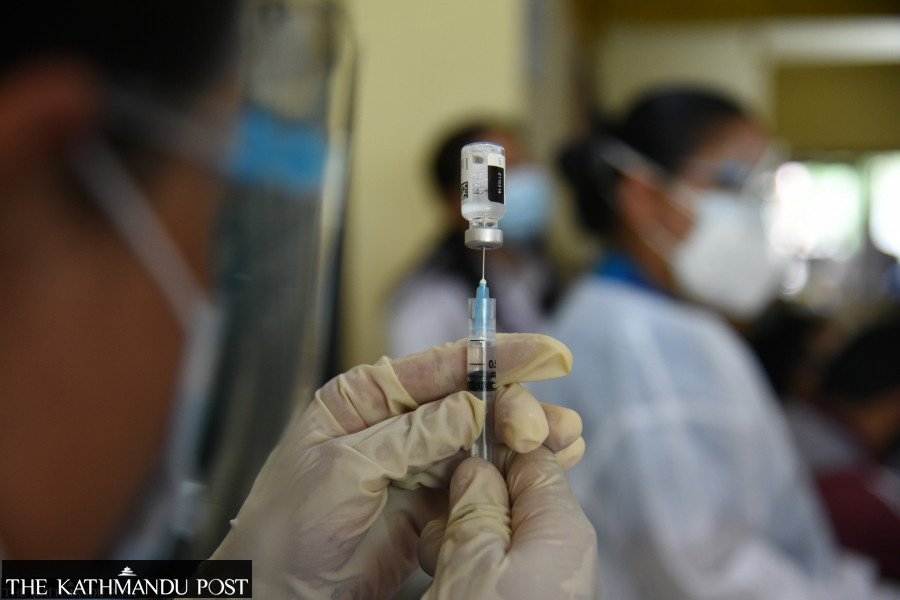
An estimated 10 percent of Kathmandu Valley residents are reported to have missed the second dose of either AstraZeneca or VeroCell vaccine. The government still has little idea as to how many people across the country are missing their second doses. Taking just a single dose of the vaccine when the established protocol is to take two doses sounds as awkward as wearing a shoe on just one foot. But the issue is more serious than that, for it concerns the health and life of citizens.
The scientific community is unequivocal in warning that an incomplete dose of vaccination is as good as little or no protection against the virus. However, the message seems to be lost on the part of the government, which has no idea where thousands of citizens who have taken the first dose of the vaccine have gone. This uncomfortable fact flies in the face of the claim made by the government that it would vaccinate all eligible citizens by April next year.
The government may try to get away by putting the blame on the citizens for not showing up at the vaccination centres. But it is clearly the government’s failure to communicate with the citizens. It is a case of lethargy, even utter insensitivity, on the part of the government that the citizens who are yet to get the second jab are out of touch. The government should have instituted a meticulous record keeping mechanism to ensure effective implementation of the vaccination drive.
This has, in fact, been the sorry state of Covid-19 communication in Nepal right from the beginning. The KP Sharma Oli government announced sudden lockdowns, leaving citizens with little time to prepare for the long months of financial uncertainty that ensued. The Sher Bahadur Deuba government, while it has committed to completing the vaccination drive in time, continues to falter, like the previous government, when it comes to establishing an effective communication mechanism.
The lack of effective communication meant that people who had taken the AstraZeneca vaccine in the first phase of the vaccination drive turned up at vaccination centres when VeroCell vaccines were being administered to a different group. The exceptionally long interval between the first and second doses of the AstraZeneca vaccine in the initial phase—caused by the government’s inability to procure vaccines in time, coupled with the inefficiency in disseminating reliable information—left citizens wondering if there would be a second dose at all, or whether it was even necessary.
What does it take the government to find out who has missed the second dose? It would have taken just a bit of sensitivity and meticulousness to ensure that a proper record of the vaccination drive was kept. Now that the mistake has already been committed, the government should go to any lengths to ensure that those missing out are contacted immediately. Moreover, the government should get health experts and scientists on board to decide whether those who have missed their second doses are to be vaccinated all over again starting with the first dose.
The absence of widespread vaccine hesitancy among citizens has made the government’s task so much easier. The government should, in fact, be thankful to the citizens for abiding by its vaccination plan and thereby helping it achieve its goal. However, a similar commitment is lacking on the part of the government. It is high time the government started taking the citizens seriously.




 16.12°C Kathmandu
16.12°C Kathmandu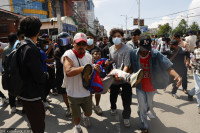
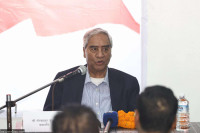
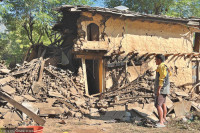
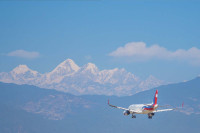









%20(1).jpg&w=300&height=200)

